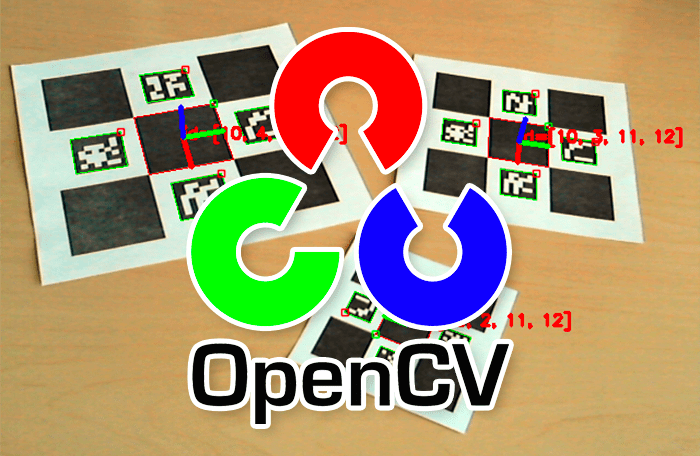diff options
Diffstat (limited to 'docs/user_guide/aruco_markers_pipeline/introduction.md')
| -rw-r--r-- | docs/user_guide/aruco_markers_pipeline/introduction.md | 26 |
1 files changed, 26 insertions, 0 deletions
diff --git a/docs/user_guide/aruco_markers_pipeline/introduction.md b/docs/user_guide/aruco_markers_pipeline/introduction.md new file mode 100644 index 0000000..d2b19eb --- /dev/null +++ b/docs/user_guide/aruco_markers_pipeline/introduction.md @@ -0,0 +1,26 @@ +Overview +======== + +This section explains how to build augmented reality pipelines based on ArUco Markers technology for various use cases. + +The OpenCV library provides a module to detect fiducial markers into a picture and estimate their poses (cf [OpenCV ArUco tutorial page](https://docs.opencv.org/4.x/d5/dae/tutorial_aruco_detection.html)). + + + +The ArGaze [ArUcoMarkers submodule](../../argaze.md/#argaze.ArUcoMarkers) eases markers creation, optic calibration, markers detection and 3D scene pose estimation through a set of high level classes. + +First, let's look at the schema below: it gives an overview of the main notions involved in the following chapters. + + + +To build your own ArUco markers pipeline, you need to know: + +* [How to build an ArUco markers scene](aruco_scene_creation.md), +* [How to calibrate optic parameters](optic_parameters_calibration.md), +* [How to deal with an ArUcoCamera instance](aruco_camera_configuration_and_execution.md), +* [How to add ArScene instance](ar_scene.md), +* [How to visualize ArCamera and ArScenes](visualisation.md) + +More advanced features are also explained like: + +* [How to script ArUco markers pipeline](advanced_topics/scripting.md) |
